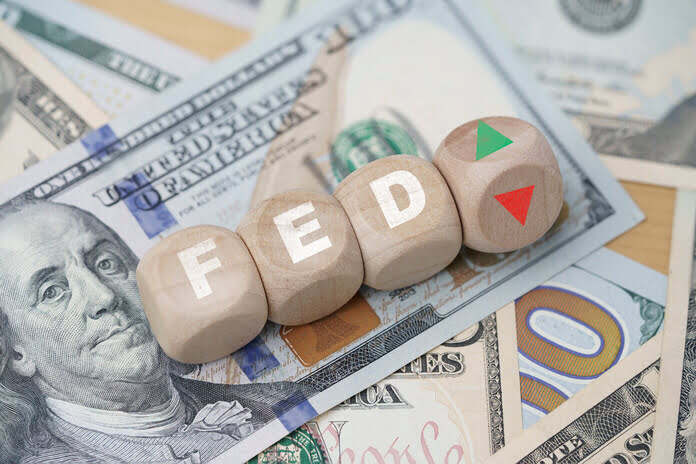In a significant shift from its previous course, the Federal Reserve is preparing to maintain its key short-term interest rate at the current level for a second consecutive policy meeting, marking a clear indication that the Fed is nearing the conclusion of its ongoing rate-hiking campaign after nearly two years.
The decision to keep rates steady is rooted in the encouraging developments in the economy that align with Chair Jerome Powell’s vision. Inflation has subsided, even though factors like strong hiring, robust consumer spending, and overall economic growth have persisted. The much-feared recession, which many had predicted, has failed to materialize.
Nevertheless, the deceleration of inflation has slowed down, and continued robust economic growth could potentially push inflation higher. Consequently, Powell and other Fed officials are reluctant to completely rule out the possibility of future rate hikes. In his upcoming press conference, Powell is expected to acknowledge the progress made by the central bank while underscoring the persistence of elevated inflation, indicating that further rate hikes may be necessary to reach the Fed’s 2% inflation target.
“The Fed has to talk tough on inflation,” emphasized Michael Arone, chief investment strategist at State Street Global Advisors. “They have no other choice if they want to maintain their credibility in the fight against inflation.”
Since March 2022, the Fed has raised its key rate from near-zero to approximately 5.4% as part of its efforts to curb inflation, which had surged to a four-decade high in 2022 as the economy rebounded from the pandemic-induced recession. As a result, costs associated with mortgages, auto loans, and credit card debt have all risen. The annual inflation rate, as measured by the government’s consumer price index, has decreased from a peak of 9.1% in June of the previous year to 3.7%.
The Fed is weighing two key trends as it deliberates on its next steps: On one hand, the U.S. economy experienced significant growth in the July-September quarter, driven by strong consumer spending and a surge in hiring in September, maintaining the unemployment rate near a five-decade low.
Conversely, tumultuous financial markets have led to rising longer-term U.S. Treasury rates, a decline in stock prices, and increased corporate borrowing costs. Some Fed policymakers believe that these trends could contribute to an economic slowdown, subsequently alleviating inflation pressures, without necessitating additional rate hikes.
Economists from major Wall Street banks have estimated that the recent stock market losses and higher bond yields could have an economic impact equivalent to three or four quarter-point rate hikes by the Fed.
“It’s clearly a tightening in financial conditions,” noted Powell earlier this month. “That’s exactly what we’re trying to achieve.”
Despite the Fed having raised its benchmark rate to a 22-year high, it has refrained from implementing any hikes since July. Nonetheless, the yield on the 10-year Treasury note has continued to rise, reaching 5% last week, a level unseen in 16 years. The surge in Treasury yields has led to a nearly 8% average for the 30-year fixed mortgage rate.
Various factors, including the government’s plans to issue trillions of dollars in bonds to finance persistent budget deficits while the Fed reduces its bond holdings, have contributed to the rise in Treasury yields. Moreover, given the uncertain path of future interest rates, investors are demanding higher yields in compensation for the added risk associated with holding longer-term bonds.
Of significant importance to the Fed is the fact that the 10-year Treasury yield has continued to climb even without any rate hikes by the central bank. This suggests that Treasury yields may remain elevated even if the Fed decides to keep its benchmark rate unchanged, which could help contain economic growth and inflation.
Powell has indicated that the central bank can proceed with caution while assessing the impact of tighter credit conditions on the strong economy. Christopher Waller, a member of the Fed’s governing board, also expressed the view that “we can wait, watch, and see how the economy evolves before making definitive moves” on interest rates.
According to the CME FedWatch Tool, Wall Street traders anticipate a 97% probability that the Fed will leave interest rates unchanged in its upcoming meeting and only a 29% chance of a rate hike at the Fed’s subsequent meeting in December.
Featured Image: Freepik









